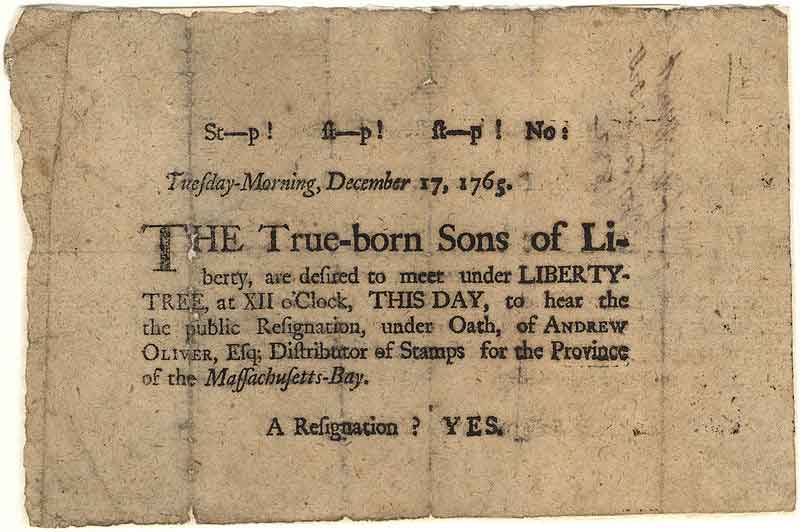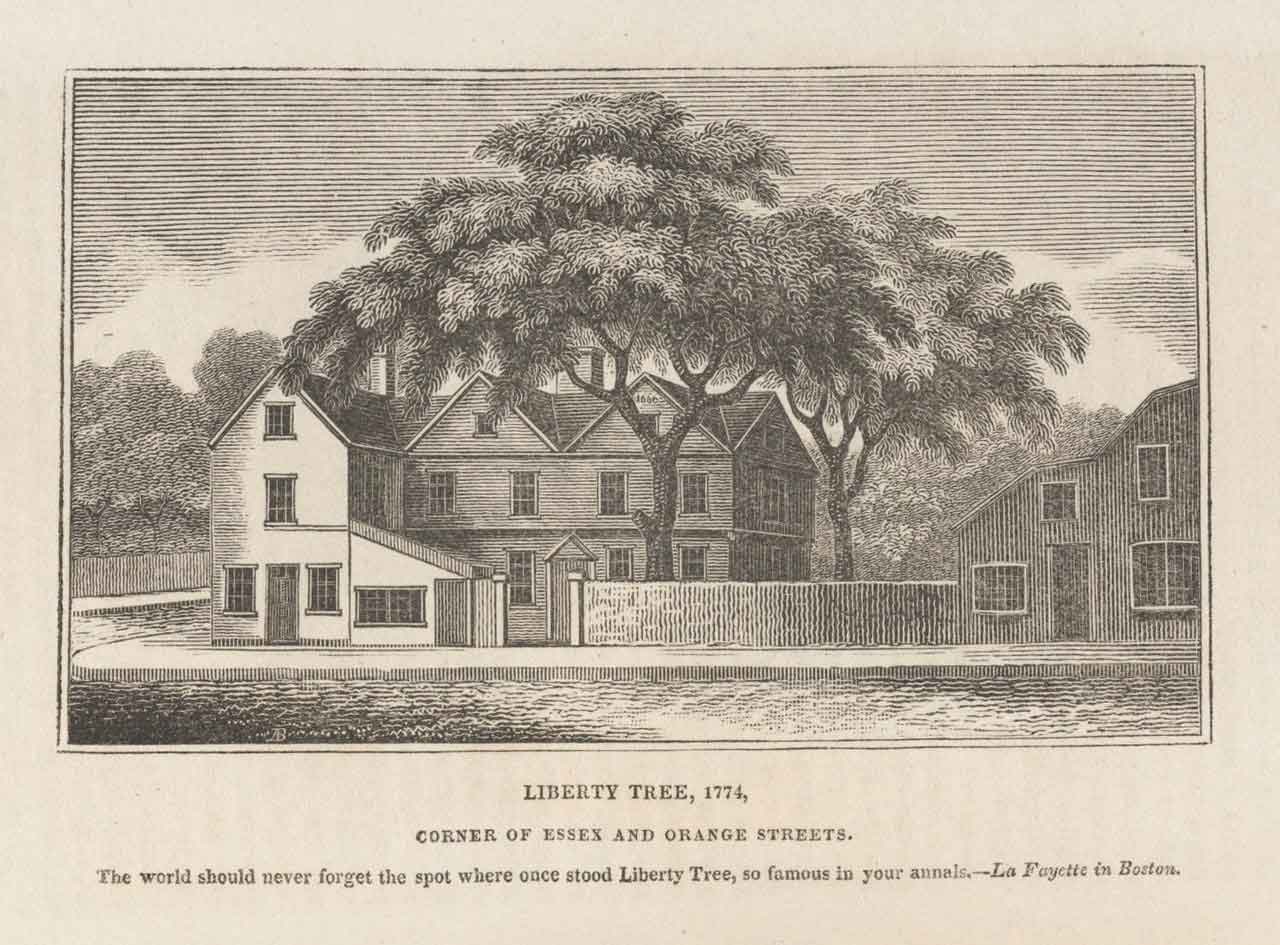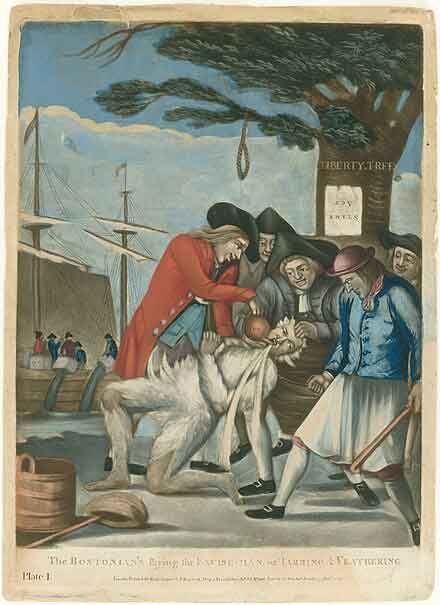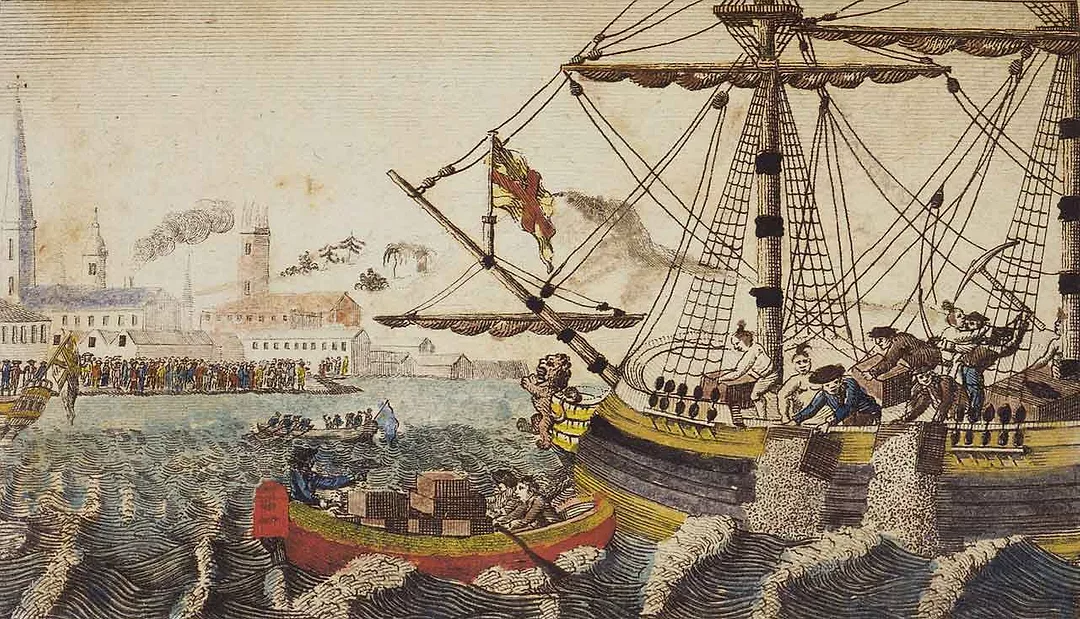 With the end of the French and Indian War in 1763, Great Britain was now in control of North America: the 13 British colonies along the seaboard were safe and sound from their enemies, while all French territory east of the Mississippi, as well as Spanish Florida, now belonged to King George III. For the first time since 1701, Great Britain was at peace. But the empire was also broke.
With the end of the French and Indian War in 1763, Great Britain was now in control of North America: the 13 British colonies along the seaboard were safe and sound from their enemies, while all French territory east of the Mississippi, as well as Spanish Florida, now belonged to King George III. For the first time since 1701, Great Britain was at peace. But the empire was also broke.
The French and Indian War was just a part of the world-wide Seven Years War between England and France, and it had been costly; in America alone the Crown had spent £70 million, and their national debt had doubled to £140 million. Great Britain needed money.
The Crown spent seven years saving the American Colonies from the French and their Native allies; it made sense to Parliament that the Americans should be the ones to shoulder the financial burden of the war. To raise much-needed revenue, in 1764 Parliament issued the Sugar Act, a levy imposed on sugar, molasses, and other products imported into the American colonies. The following year the Stamp Act was levied, a tax imposed on all paper documents in the colonies, including newspapers, almanacs, pamphlets, broadsides, legal documents, dice, and playing cards.
The colonies did not take these new taxes well, and nowhere were they greeted with more scorn than in Boston. From the writing of petitions to the printing of anti-tax pamphlets and signage, protests were organized by a secret group calling themselves The Loyal Nine.

Sons of Liberty broadside, Boston 1765
| Public domainAbout the same time, a second clandestine group calling itself The Sons of Liberty was also organizing in Boston, and by the end of 1765 the two groups would merge. They took their name from a speech given by Isaac Barre, an Irish member of Parliament sympathetic to the American colonists who warned that the British government’s treatment of the colonies “has caused the blood of these sons of liberty to recoil within them.” The group would gather under a large 120-year-old elm tree near Boston Common dubbed the Liberty Tree and, under the cry of NO TAXATION WITHOUT REPRESENTATION, they incited, organized, and led mobs in the streets of Boston to openly protest what they saw as unfair taxation, as well as to verbally harass and physically attack Royal officials such as tax collectors.
One of the most notorious protests against the Stamp Act was in August 1765 when the Sons of Liberty attacked the mansion of Massachusetts Lt. Governor Thomas Hutchinson; the front door was smashed in with axes and the house was looted. Irreplaceable artwork and silver were destroyed or carried off by the Sons, while the mansion’s cupola was even knocked off the house and destroyed. Some £2,200 worth of damage was caused by the mob. To further protect himself, Hutchinson removed himself and his family to Castle William in Boston Harbor. Hutchinson got off easy; a favorite tactic adopted by the Sons to publicly shame tax collectors, Royal officials, and avowed Loyalists was to tar and feather them.

The Liberty Tree in Boston. From an 1825 illustration
| Public domainIt was with the passage of the Townshend Acts in 1767 and 1768 that the Sons of Liberty would really make a name for themselves. Yet another series of levies and regulations, among the items to be heavily taxed this time was tea, and the enforcement of the acts was backed up with the arrival of 1,000 British soldiers in Boston. The Sons of Liberty would not take any of this sitting down. Certainly, their best-known protest occurred on December 16, 1773, when a large mob of men and boys, organized and led by the Sons, marched from Old South Meeting House to Griffin’s Wharf, and with cries of “Boston Harbor a teapot tonight!” boarded three East India Company ships and dumped 342 chests of tea into the harbor. Some 92,000 lbs. of tea were destroyed, worth $1.7 million dollars in today’s money.
John Adams claimed the destruction of the tea was a principled protest by citizens defending their constitutional rights. Sam Adams called it an “Epocha in History.” King George III, on the other hand, was livid; he immediately closed the port of Boston and said it would remain so until the destroyed shipments of tea were paid for by the city of Boston. Unknown at the time, this very public protest by the Sons of Liberty brought Massachusetts one step closer to Revolution; by 1774, the King would declare Massachusetts in “open rebellion,” and with tensions mounting between the Crown and the Bay Colony, the shooting would start 16 months later at Lexington and Concord.
The Sons of Liberty was not just a Boston organization. The colonies of New York, New Hampshire, New Jersey, Maryland, South Carolina, and Virginia all had Patriot groups calling themselves the Sons of Liberty. In the years leading up to the American Revolution all the groups were in contact with each other, and all were united to rally public support for colonial resistance against the Crown.

A 1774 British print by Philip Dawe that depicts the tarring and feathering of Boston Commissioner of Customs John Malcolm. Library of Congress
| Public domainThe Sons of Liberty played important roles on the night of April 19, 1775, as General Thomas Gage sent a large detachment of British troops to Concord to seize military supplies. It was a Son of Liberty, Dr. Joseph Warren, who learned of Gage’s plans from an inside source. Under his direction, two other Sons, Paul Revere and William Dawes, were sent to Lexington to warn Sam Adams and John Hancock (both Sons, as well) that the Regulars were out. And it was Concord’s own Dr. Samuel Prescott, whom Paul Revere called “a high Son of Liberty,” who actually brought the alarm to Concord in the wee hours before gunfire broke out at the Old North Bridge.
In 1876, Louisa May Alcott wrote, “Remember, there were ‘Daughters of Liberty,’ as well as sons, in the old times you love so well.” And she was right; it wasn’t just the men of Boston who formed resistance to the Crown. The Stamp Act crisis of 1766 saw the creation of the Daughters of Liberty, and over the next few years the patriot women of Boston organized protests against taxation, held spinning bees to make homespun cloth while boycotting British textiles, and created “Liberty Tea’’ from fruits and herbs as a replacement for British tea. When the Revolution broke out in 1775, the Daughters of Liberty would be involved in the war effort by melting down metals for bullets as well as gathering textiles and sewing uniforms for the American army. It’s no wonder that Sam Adams would say of the women Rebels, “With ladies on our side, we can make every Tory tremble!”
And tremble they did! While the Crown looked upon the Sons and Daughters of Liberty as terrorists, there can be no doubt that they played an important role in the years leading up to the American Revolution. Indeed, the efforts of these grassroots organizations hastened the coming of the American Revolution. From protests in the streets of Boston to a declaration of independence in Philadelphia in 1776, the Sons of Liberty and their female compatriots, tied together by their “Lives, Fortunes, and sacred Honor,” led the way to the creation of the United States through their words, deeds, and actions.


